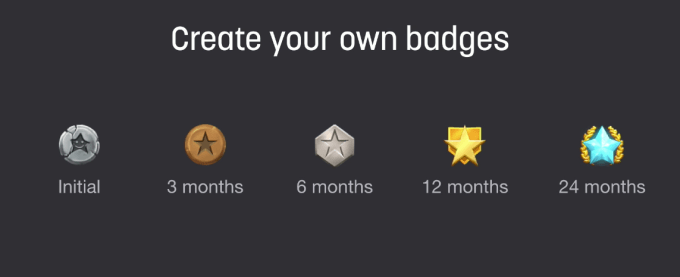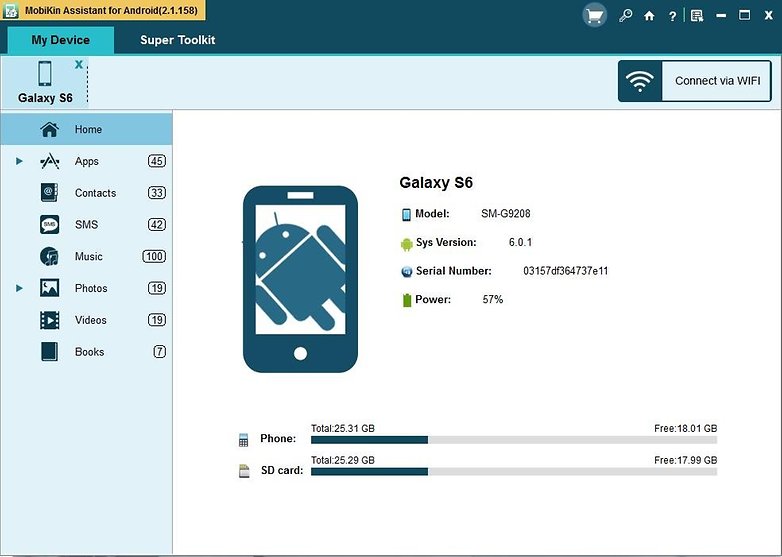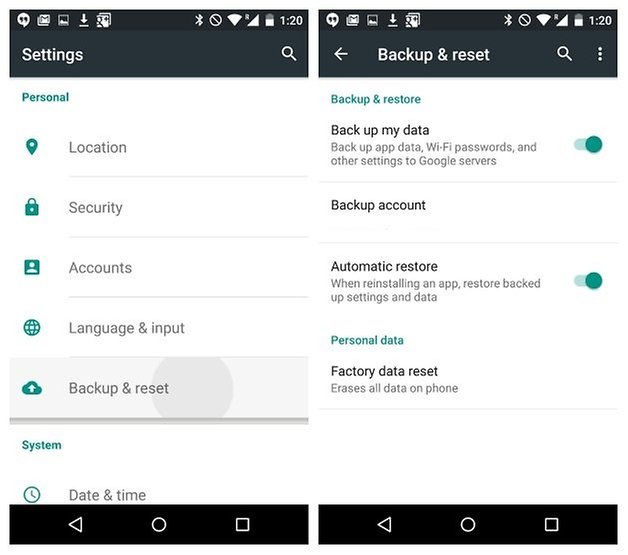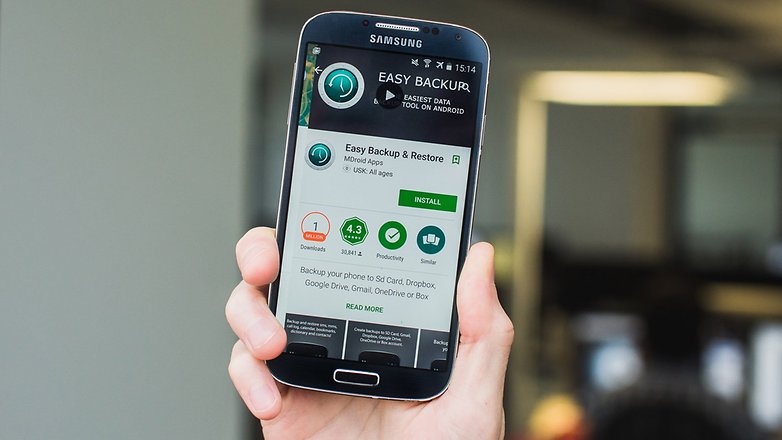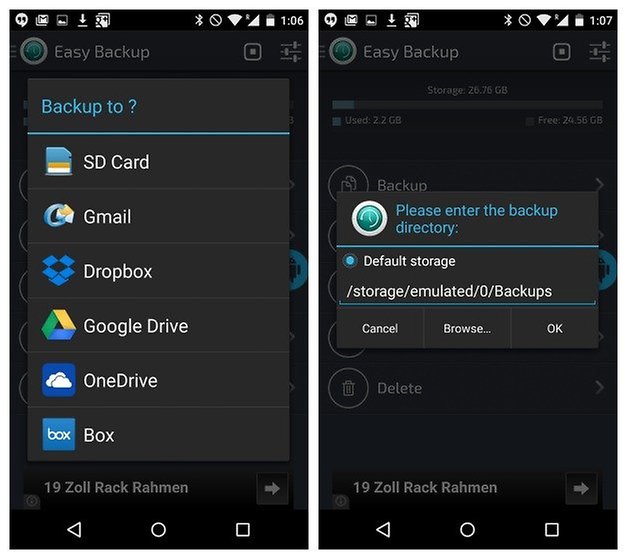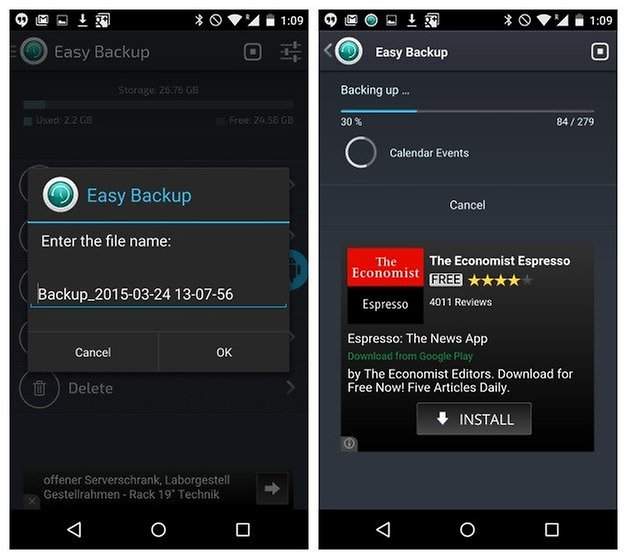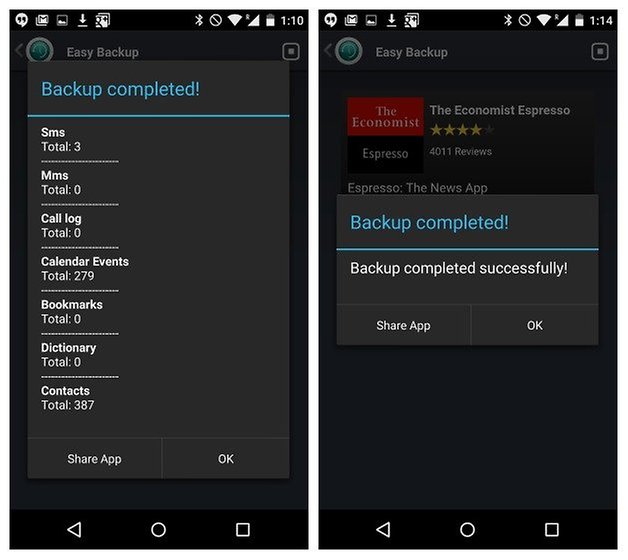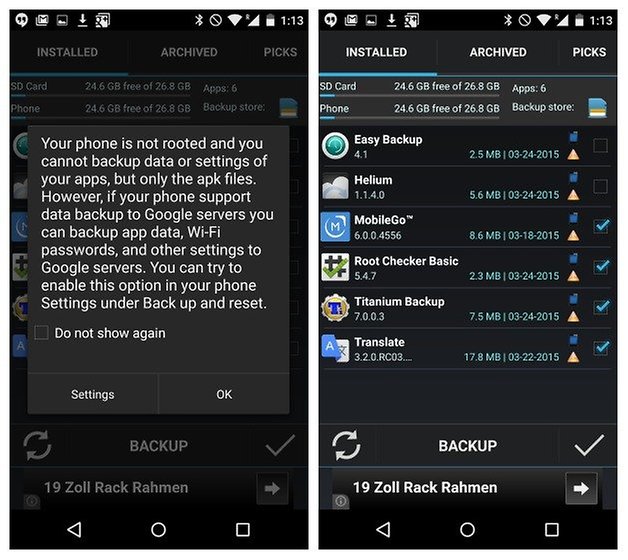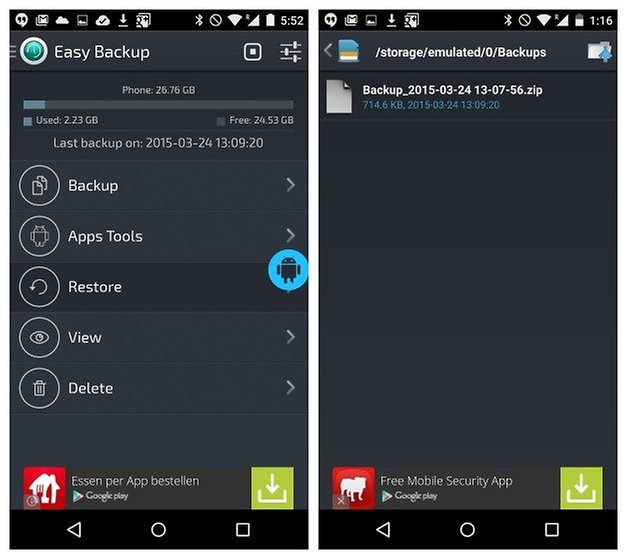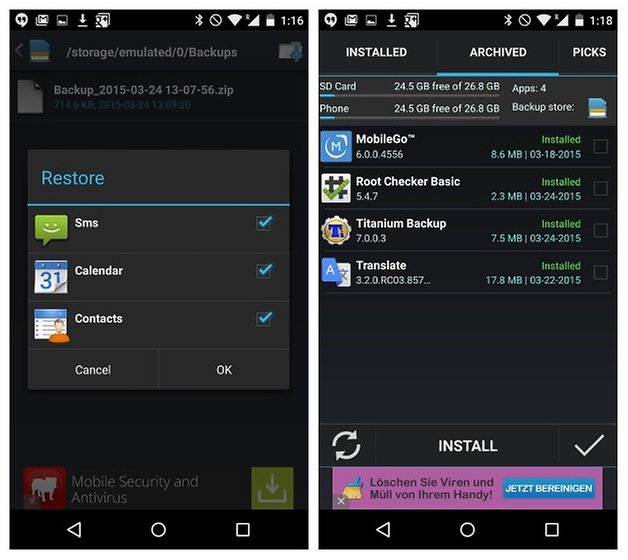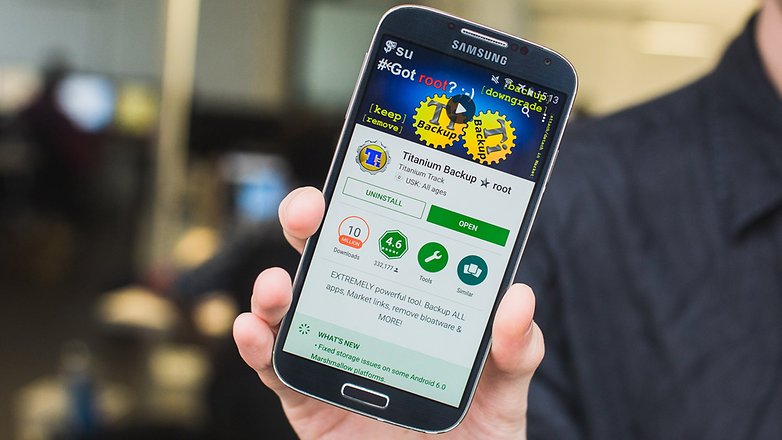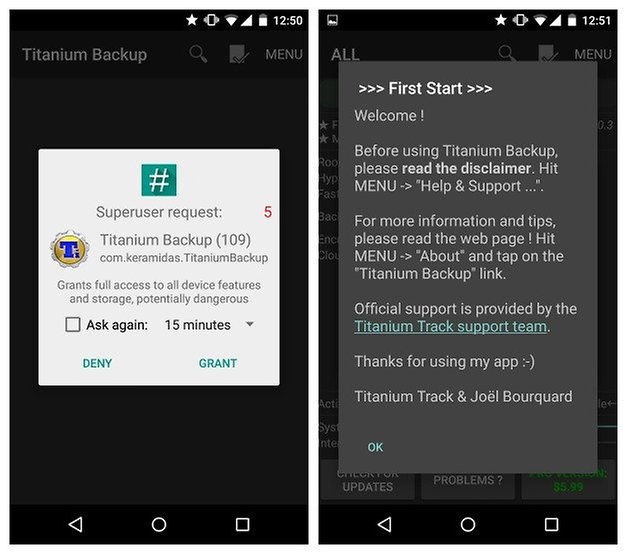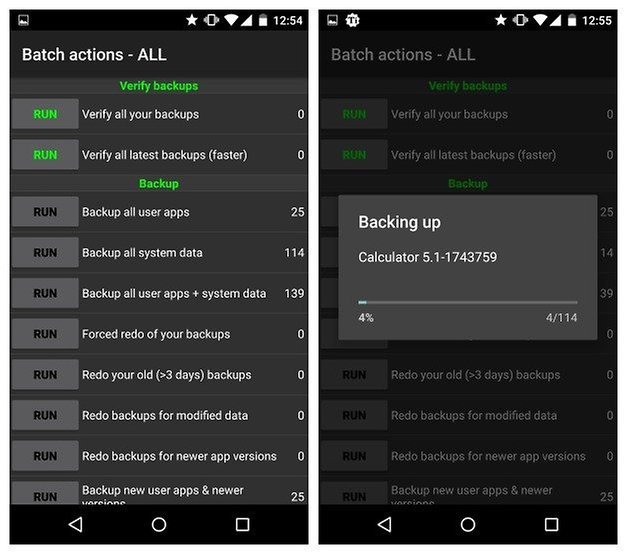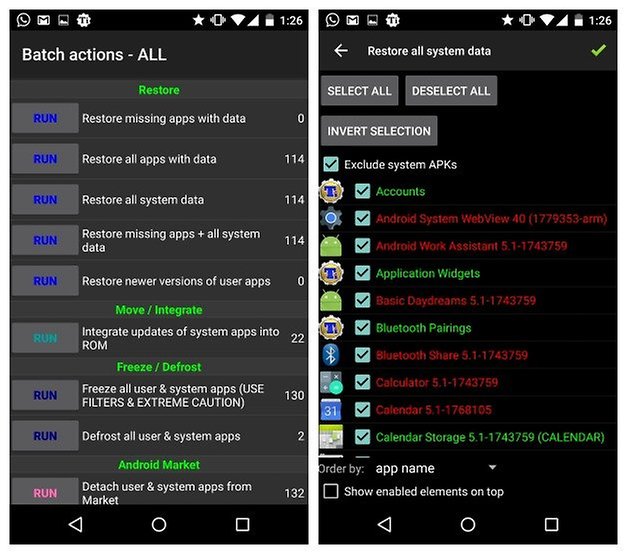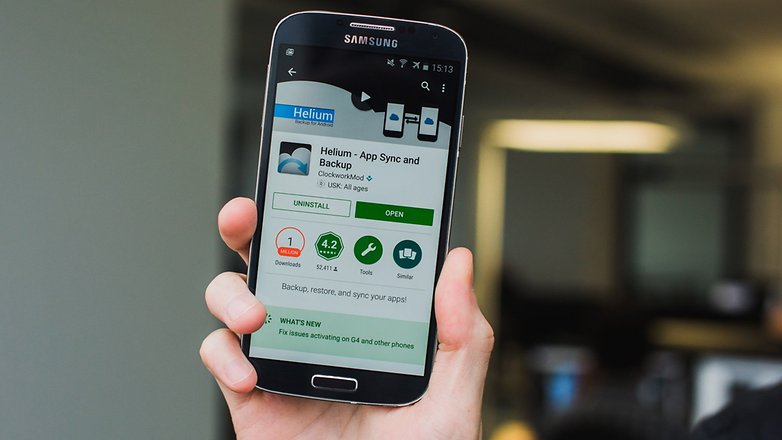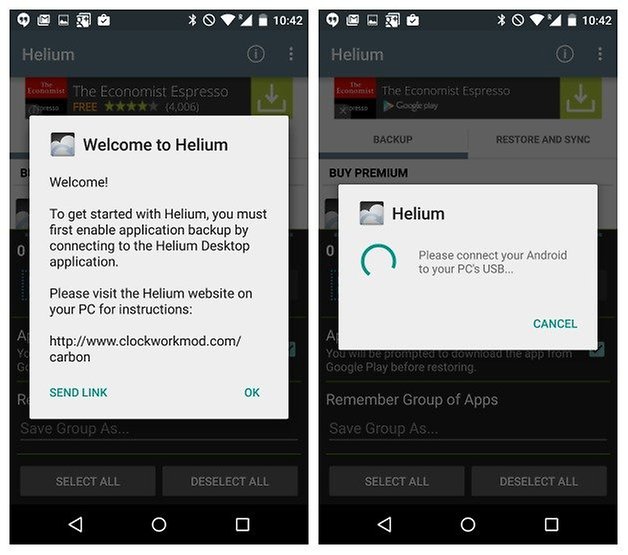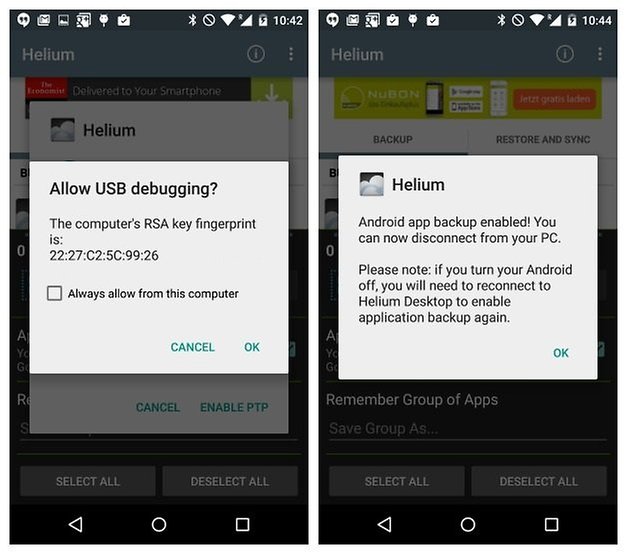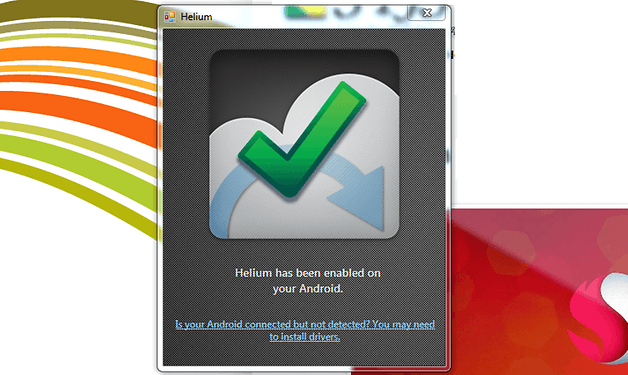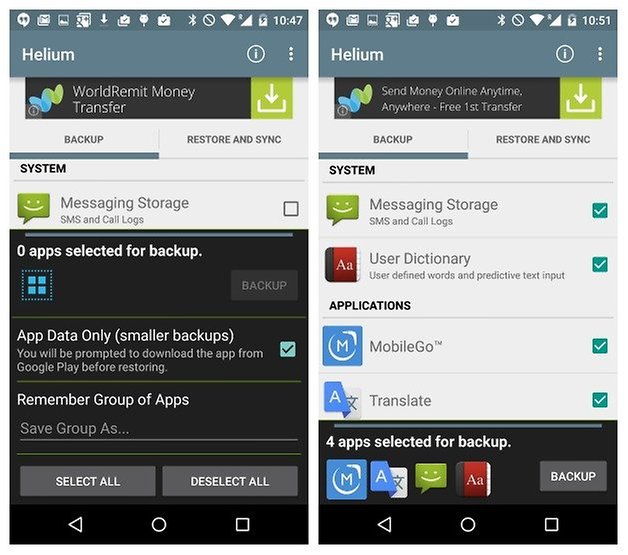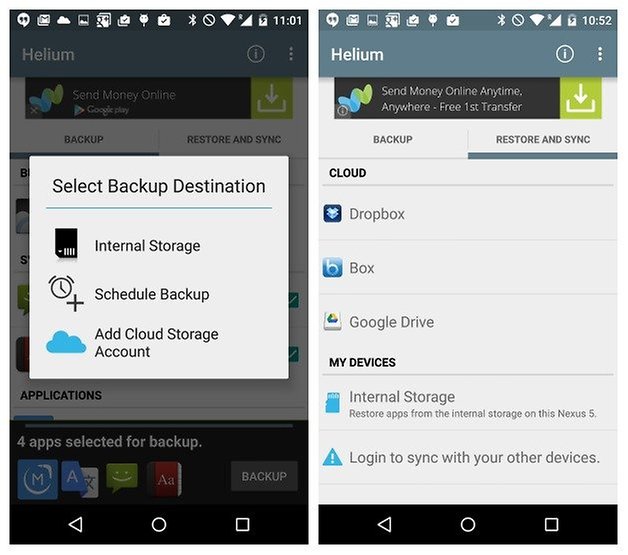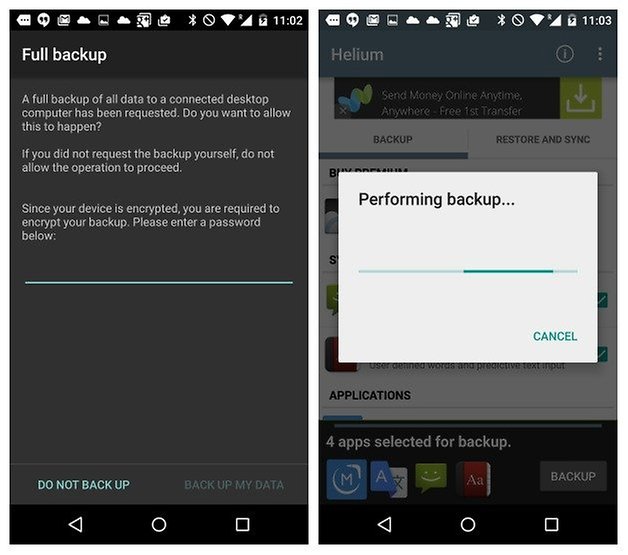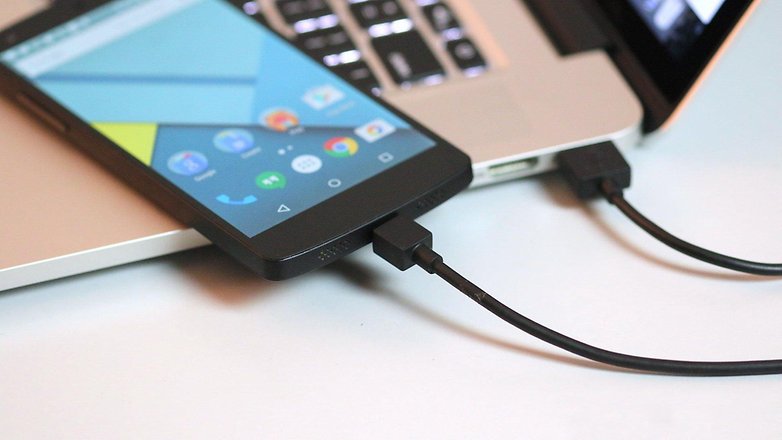Pick a link with a solution to try:
- Check your date and time settings
- Clear the Google Play Store cache
- Clear out your Play Store data
- Clear data and cache on Google Play Services
- Install the latest version of Google Play Services
- Reset your Google account on your device
- Check your disabled apps
- Disable your VPN
- Enable Download Manager
- Uninstall previous updates
- Perform a factory data reset on your smartphone
Check your date and time settings
Google checks your Android smartphone's date and time for the Play Store. If the store does not find a time then it could cause some issues. Google's servers could have a tough time syncing with your device and cause your Play Store to act up.
To fix this issue, you need to go into your the Settings in your Android device. Under System you should see Date and Time. Tap on this and you will see whether your phone is on the Automatic date and time provided by your network. If it isn't already then you should toggle it on.
If your device is on automatic and your Google Play Store is still not working then you should manually set the date and time. You first need to turn Automatic date and time off. Then start by entering the date and time with as much accuracy as possible. If this doesn't work, don't worry, there are still many more solutions for getting your Google Play Store up and running again.
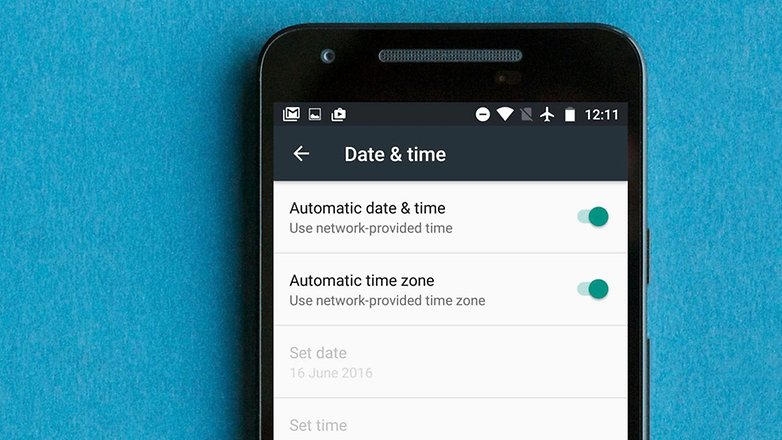
Clear the Google Play Store cache
In some cases, you can get the Play Store going again by just emptying the cache. The cache is a storage area that temporarily holds data so it can be quickly retrieved without needing to be reloaded. This could solve your problem and emptying it is easy.
First go in the Settings from your smartphone’s home screen. You should then go into your Apps or Application manager, it depends on your device. From there you should either be able to scroll down and hit Clear cache or you might have to first go into Storage then Clear cache.
Once this has been completed, go back into your Google Play Store and see if your problem has been solved. If not, you should try one of the other solutions here.
Clear out your Play Store data
Deleting your data from the Play Store is similar to our first tip but erases quite a bit more. It sets the app back to square one and gets rid of your saved information, hopefully including whatever glitchy data was causing the problem.
Remember, when you do this your files, settings, accounts, databases and other information will be erased. You should make sure you have the log-in information for the account as it will be taken off the Google Play Store account.
To get started, head into your Settings and find the Apps or Application manager. From there you should be able to scroll down to Clear data or go into Storage first then Clear data.
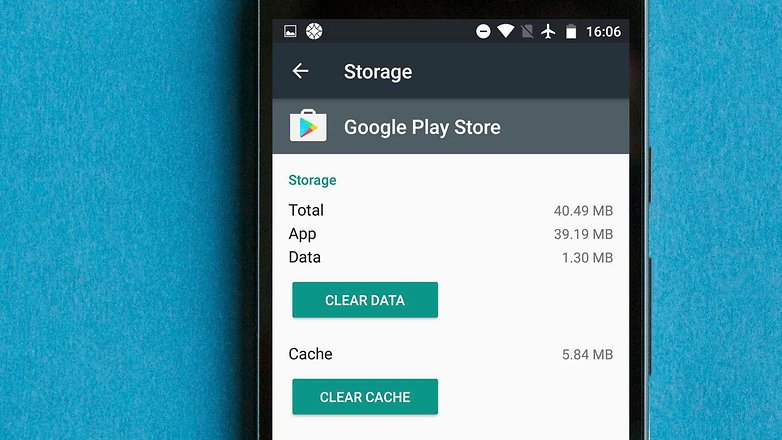
Clear data and cache on Google Play Services
It is possible that Play Store problems could stem from issues with Google Play Services. If Google Play Store is the heart of your Android device, then Google Play Services is its soul. Play Services is the mysterious background process that allows apps to communicate with different parts of your device, enabling them to sync, send push notifications and so on.
If clearing the cache and data in your Google Play Store didn’t work then you may need to go into your Google Play Services and clear the data and cache there. Doing this is easy.
You need to go into your Settings and hit Application manager or Apps. From there, find the Google Play Services app (the puzzle piece). Depending on your device, you should be able to tap the Clear cache button or you might need to go into Storage first then hit Clear cache. If that fails to solve the problem, come back to this page and hit Manage space or Manage storage then tap Clear all data.

Install the latest version of Google Play Services
Another thing that may help is to download and install the latest version of Google Play Services and the Google Play Store. The most current version of the software is likely to be the most stable, so it's useful to keep it updated.
Firstly, you need to make sure your Google Play Store is up-to-date. Go into the Google Play Store app and hit the menu button (three lines in the top left hand corner of your screen). From there tap Settings and under General you should be able to see when your Google Play app updates. Tap Auto-update apps and ensure that Auto-update apps over Wi-Fi is checked. Now, make sure you’re connected to Wi-Fi.
Getting the latest version of Google Play Services is much more difficult and too long to mention here. Read our tutorial here for a detailed explanation on how to get the latest version
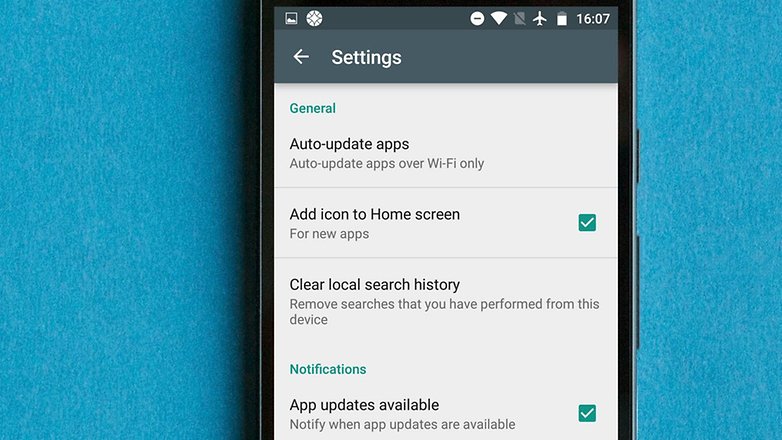
Reset your Google account on your device
We're now coming to the slightly more drastic solutions. If your Play Store app still isn't working, then you may need to refresh your Google account on your Android device. This will mean your Google account on your entire phone will be reset and not just in the Google Play Store. Make sure you know the account(s) before you start this. You could lose the entire account if you’re not careful.
So to do this, remove your account then add it again. It’s pretty simple to do. Go to your Settings and tap Accounts. Now you need to tap the Google account you want to remove, then tap the menu icon (three dots at the top right) and tap Remove account. Do this for every Google account on your device.
Now you need to re-enter your Google account. Go back into your Settings and tap on Account again. The only thing you should see is Add Account. If you see an account then you forgot to remove one. Tap Add Account and follow the on-screen steps to re-add your account.
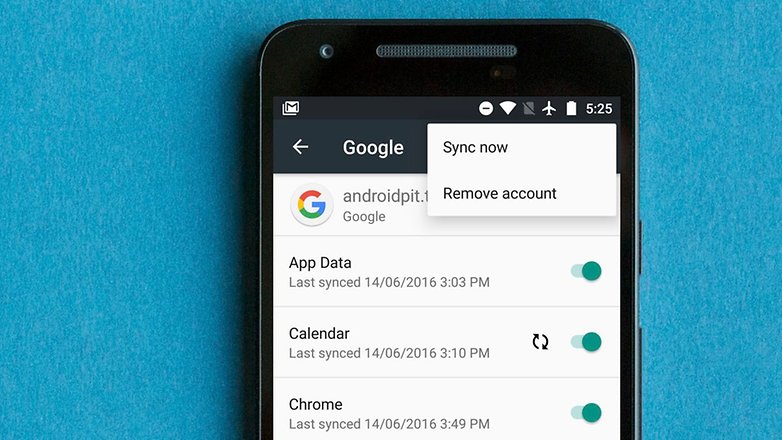
Check your disabled apps
Many apps need other apps in order to function properly. This is especially true when you're dealing with system apps such as the Google Play Store. If you recently disabled an app that could be your problem. Luckily, this is easy to fix.
Go into your Settings and Application manager or Apps and scroll to the bottom. This is where disabled apps end up. If you see any disabled services, just go into these and hit Enable and see if that helps.
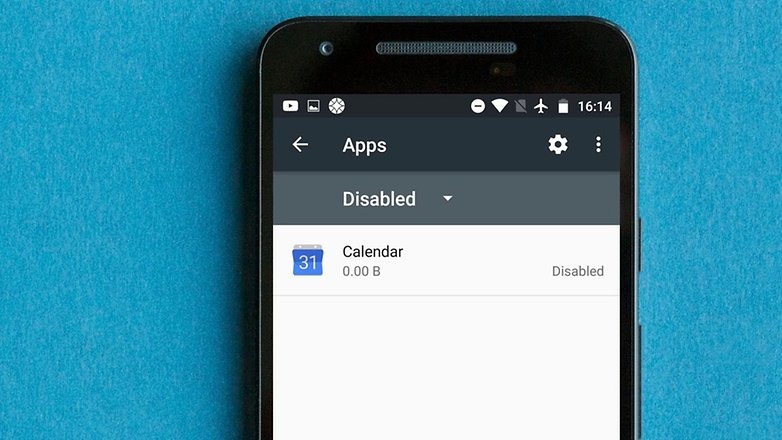
Disable your VPN
Having a VPN is a great way to get all your favorite media outside your geographic location. You can even use a VPN to install an app in the Play Store of another country. But your VPN could be causing you problems with your Google Play Store in the region you're currently in.
If you have a VPN enabled on your Android device you should disable it. Go into your Settings and tap More or More networks depending on your device. Hit VPN and toggle it off.
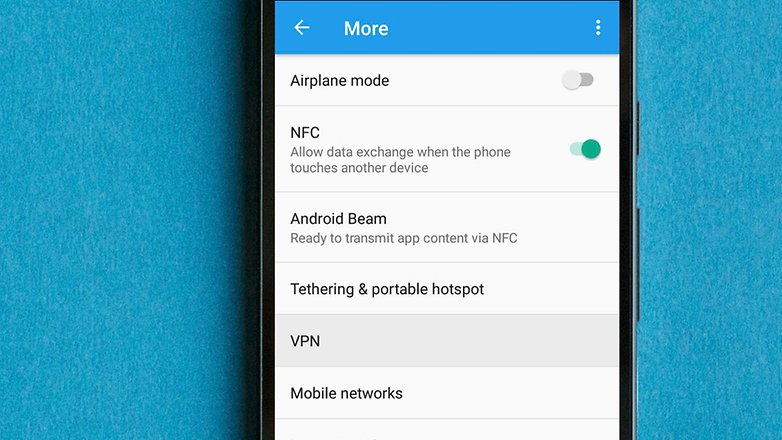
Enable Download Manager
There is a chance that the Play Store will stop working if your download manager is disabled. If this is the case, the solution is simple.
Go into your Settings and tap either Apps or Application manager (depending on your device). You should either see all of your apps or you might have to choose All. From there find Downloads or Download manager and hit this.
You should be able to see if Download manager is disabled. If it is then you'll see a button marked Enable. Simply tap this button to switch Download manager back on. If all you see are buttons for Force Stop and Disable (possibly grayed-out, as seen below), then Download manager is not disabled and you can rule this possibility out.
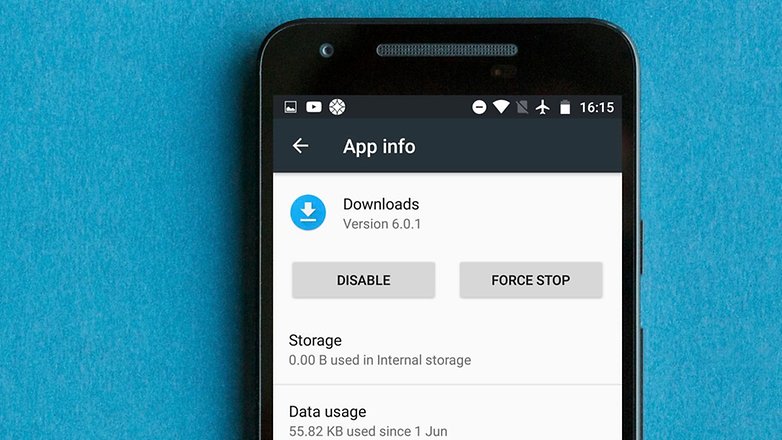
Uninstall previous updates
Generally, when you have a problem with an app you can just uninstall it and then reinstall it. Well that works for some apps, but the Google Play Store is a system app on your Android device. What you can do instead is uninstall previous updates to the app and this might help your problem.
You first need to head into your Settings, tap either Apps or Application manager, and you should either see all of your apps or you might have to choose All. From there find the Google Play Store and tap Uninstall updates.
If your Google Play Store is still not working then you need to go back and reinstall the updates. From there head down to our last solution.
Perform a factory data reset on your smartphone
If you're still facing problems after having tried all of the above, then you may have little choice but to do a factory reset. This is a drastic measure and there are consequences. All of your data will be lost. So you should perform a complete backup beforehand.
Once your data is backed it's time to do a reset. Go to your Settings and tap Backup & reset. Now, make sure the Back up my data slider is on. Tap Back up account to select which account you want your data backed up to. Ensure you have access to this account.
Once you've done this, go to the Backup & reset menu and tap the Factory data reset button at the bottom. Confirm that you want to do this, and your phone will be as it was when you bought it. Your data will be restored when you log back into your Google account.
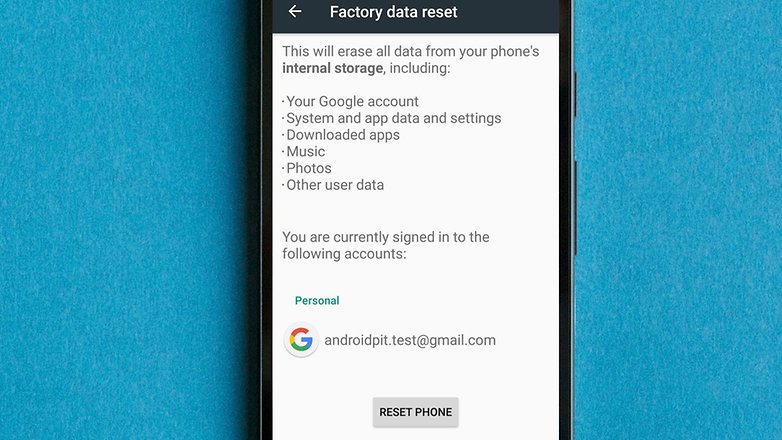
Did these solutions work for you? Do you have any other advice to get the Google Play Store working again? Let us know in the comments.










